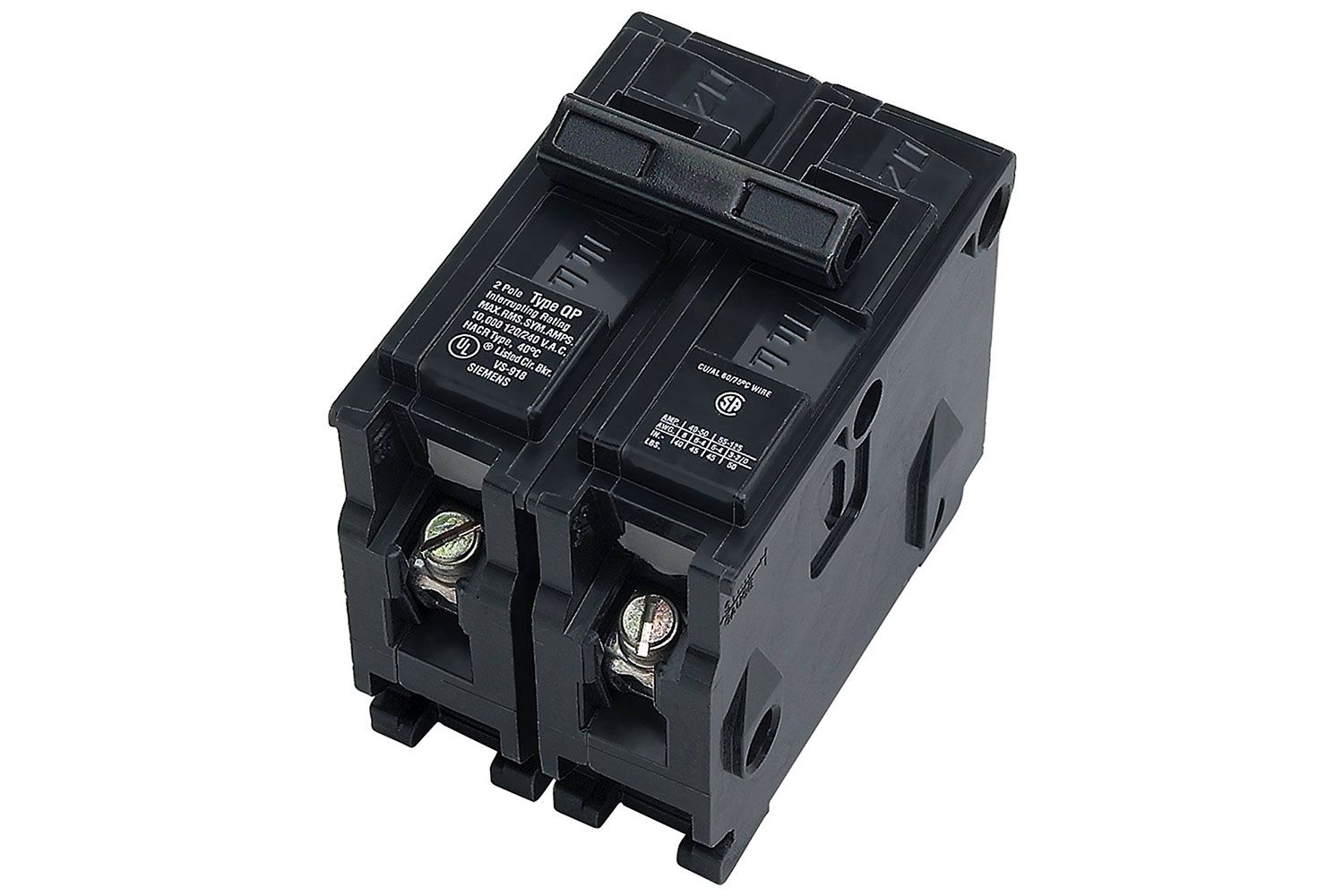

Articles
What Are Double Breakers Used For
Modified: March 1, 2024
Discover the importance of double breakers in articles and learn how they are used to enhance electrical safety. Explore their role in protecting circuits and preventing overloads.
(Many of the links in this article redirect to a specific reviewed product. Your purchase of these products through affiliate links helps to generate commission for Storables.com, at no extra cost. Learn more)
Introduction
When it comes to electrical circuits and circuit breakers, there are various types available for different applications. One such type is the double breaker, which plays a crucial role in maintaining electrical safety and ensuring the smooth functioning of electrical systems.
In this article, we will explore the concept of double breakers, their uses, benefits, safety considerations, installation, maintenance, and how they compare to single breakers. So, whether you are a homeowner, an electrician, or simply someone interested in understanding electrical systems, read on to gain valuable insights into the world of double breakers.
Before we delve into the details, it is important to understand what a circuit breaker is and how it functions. A circuit breaker is an electrical switching device designed to protect electrical circuits from damage caused by overload or short circuits. It automatically interrupts the flow of electricity when it detects a fault, preventing potential hazards such as electrical fires.
Now, let’s move on to exploring the world of double breakers and their significance in electrical systems.
Key Takeaways:
- Double breakers provide enhanced protection by simultaneously disconnecting power from two separate circuits, making them essential for applications requiring higher power capacity and safety.
- Proper installation, regular maintenance, and safety considerations are crucial for the efficient and safe operation of double breakers, ensuring optimal performance and minimizing the risk of electrical hazards.
Overview of Double Breakers
Double breakers, also known as double pole breakers, are a type of circuit breaker that provides enhanced protection for electrical circuits. Unlike single breakers, which are designed to interrupt the flow of electricity in one circuit, double breakers are capable of simultaneously interrupting the flow of electricity in two separate circuits.
The key feature of double breakers is their use of two switches or poles, hence the name “double pole.” Each switch is responsible for controlling the flow of electricity in a specific circuit. This means that when the double breaker is tripped, both circuits are simultaneously disconnected from the power supply.
Double breakers are commonly used in applications where higher voltages or currents are required, such as in large appliances, HVAC systems, electric water heaters, dryers, and other heavy-duty electrical equipment. They are also used in residential, commercial, and industrial settings to protect sensitive and high-power circuits.
The increased protection provided by double breakers is particularly important in scenarios where the failure of one circuit could potentially impact the operation of another circuit. By disconnecting both circuits simultaneously, double breakers prevent cross-circuit interference and help maintain the overall electrical integrity of the system.
It’s worth noting that double breakers are typically larger in size compared to single breakers as they require more space to accommodate the dual switches. Therefore, before installing double breakers, it’s crucial to ensure that the electrical panel has adequate space and is capable of accommodating the larger breaker.
Now that we have a general understanding of double breakers, let’s explore some of the common uses for these robust circuit protection devices.
Common Uses of Double Breakers
Double breakers are widely used in various electrical applications due to their ability to provide enhanced protection and handle higher voltages and currents. Let’s take a look at some of the common uses of double breakers:
- Residential Electrical Panels: In residential settings, double breakers are commonly used to protect high-power circuits, such as those connected to electric water heaters, HVAC systems, stoves, and dryers. These appliances require additional levels of protection and the ability to handle higher electrical loads. Double breakers ensure that these circuits are isolated and protected from overloads or short circuits.
- Commercial and Industrial Electrical Systems: Double breakers are crucial in commercial and industrial settings where there is a higher demand for electricity. They are used to protect circuits connected to heavy machinery, industrial equipment, and commercial-grade appliances. These breakers ensure that large electrical loads are safely managed, preventing damage to the equipment and potential hazards.
- Power Distribution: Double breakers are commonly utilized in electrical panels that serve as distribution points for electricity. They help in managing and distributing power to various circuits and ensure that each circuit is protected independently. This is especially important in scenarios where multiple circuits are connected to a single panel and require individual protection.
- Generator Connections: When connecting a backup generator to an electrical system, double breakers are often used to transfer the power source from the main utility supply to the generator. These breakers allow for a seamless transition and ensure that both the generator and the utility power source are safely isolated when necessary.
- Large Appliances and Machinery: Appliances or machinery that require higher voltage or more power, such as industrial ovens or manufacturing equipment, often require double breaker protection. These breakers can handle the increased electrical load and provide the necessary protection for the circuits connected to these devices.
These are just a few examples of the common uses of double breakers. Their versatility and ability to handle higher electrical loads make them an essential component in various electrical systems. Now, let’s explore the benefits and advantages of using double breakers in more detail.
Benefits and Advantages of Double Breakers
Double breakers offer several benefits and advantages over single breakers, making them a preferred choice in many electrical applications. Let’s explore some of the key advantages of using double breakers:
- Enhanced Protection: One of the primary advantages of double breakers is their ability to provide enhanced protection. By interrupting the flow of electricity in two separate circuits simultaneously, they prevent cross-circuit interference and ensure that both circuits are isolated and protected. This is particularly important in scenarios where the failure of one circuit could impact the operation of another circuit.
- Higher Voltage and Current Handling: Double breakers are designed to handle higher voltages and currents compared to single breakers. This makes them suitable for applications that require more power, such as large appliances, HVAC systems, and heavy-duty machinery. The ability to handle higher electrical loads ensures the safe operation of these systems and prevents overloads or short circuits.
- Efficient Use of Space: While double breakers are physically larger compared to single breakers, they actually help optimize space utilization within an electrical panel. By combining the protection of two circuits into a single breaker, it reduces the number of breakers needed, leaving more space for future circuit expansions or other electrical components.
- Improved Electrical System Integrity: Double breakers play a crucial role in maintaining the overall integrity of an electrical system. By ensuring that circuits are protected independently, they prevent the spread of faults or failures from one circuit to another. This helps in troubleshooting and isolating issues within the electrical system more efficiently.
- Ease of Installation and Maintenance: Installing and maintaining double breakers is relatively straightforward. They can be easily replaced or upgraded, providing flexibility and convenience for homeowners and electricians. Additionally, since double breakers offer protection for two circuits, it simplifies the wiring and reduces the complexity of the electrical system.
These benefits make double breakers a reliable and efficient choice for applications that require enhanced protection, higher power handling, and efficient use of space. However, it’s important to consider safety considerations when using double breakers, which we’ll discuss in the next section.
Double breakers are commonly used in electrical panels to provide protection for two separate circuits. They allow for more efficient use of space and can help prevent overloading of electrical systems. Always consult a licensed electrician for installation and maintenance.
Safety Considerations for Double Breakers
While double breakers offer enhanced protection and are designed to handle higher electrical loads, it is important to consider certain safety considerations when working with these circuit protection devices:
- Proper Sizing: It is crucial to ensure that the double breaker is properly sized for the specific electrical load it will be protecting. Using an undersized breaker can lead to overheating, tripping, or even damage to the electrical system. Consult a qualified electrician or refer to the manufacturer’s specifications to determine the correct breaker size for your application.
- Proper Installation: Double breakers should be installed by a licensed electrician or a qualified professional. Improper installation can result in faulty connections, compromised safety, and potential electrical hazards. It is important to follow the manufacturer’s instructions and local electrical codes to ensure a safe and reliable installation.
- Regular Maintenance: Like any other electrical component, double breakers require regular maintenance to ensure their continued functionality and safety. Periodically inspect for signs of wear, damage, or corrosion. Additionally, have the electrical system inspected by a professional on a regular basis to identify and address any potential issues.
- Adequate Ventilation: Double breakers can generate heat during their operation, especially when handling high electrical loads. Therefore, it is important to ensure that the electrical panel has adequate ventilation to dissipate the heat and prevent overheating. Blocked or restricted ventilation can lead to issues such as malfunctioning breakers or even electrical fires.
- Safe Working Conditions: When working with double breakers, always ensure that the power is shut off and the circuits are de-energized. Use appropriate personal protective equipment (PPE) such as gloves and safety glasses. Avoid working in wet or damp conditions and maintain a clean and organized work area to minimize the risk of accidents.
By following these safety considerations, you can ensure the proper and safe operation of double breakers in your electrical system. Now, let’s move on to discussing the installation and maintenance of double breakers.
Read more: What Are Fuses And Circuit Breakers Used For
Installation and Maintenance of Double Breakers
Proper installation and maintenance are critical to ensuring the safe and efficient operation of double breakers. Here are some guidelines to follow when installing and maintaining double breakers:
Installation:
- Turn off the Power: Before starting any installation work, make sure to turn off the power to the circuit you will be working on. This can be done by switching off the main circuit breaker or the breaker that controls the specific circuit.
- Select the Right Breaker: Ensure that you have the correct double breaker size and type for your application. Refer to the manufacturer’s specifications or consult with a professional electrician to choose the appropriate breaker.
- Remove the Cover of the Electrical Panel: Take off the cover of the electrical panel to access the breaker slots. Use caution and follow safety procedures as you expose the internal components of the panel.
- Identify the Slots for the Double Breaker: Locate the slots in the electrical panel where the double breaker will be installed. The slots should be wide enough to accommodate the double breaker. If needed, remove any filler plates or knockout tabs to create space.
- Insert the Double Breaker: Gently insert the double breaker into the available slots in the electrical panel. Make sure it is properly aligned and securely seated. Apply firm pressure to ensure a good connection.
- Connect the Wires: Connect the wires from the circuits you want to protect to the corresponding terminals on the double breaker. Follow the manufacturer’s guidelines and wiring diagram to ensure correct connections. Tighten the terminal screws securely.
- Replace the Panel Cover: Once the double breaker is installed and the connections are secure, carefully replace the cover of the electrical panel. Ensure that it is properly positioned and secured with the appropriate screws.
- Turn on the Power: After installation, double-check that all connections are secure and the cover is properly in place. Then, restore power to the panel by switching on the main circuit breaker or the breaker for the specific circuit.
Maintenance:
- Regular Inspections: Periodically inspect the double breaker for any signs of damage, wear, or corrosion. Check for loose connections or overheating. If you notice any issues, consult a professional electrician for further evaluation and repairs.
- Cleanliness: Keep the electrical panel clean and free from dust and debris. This will help prevent electrical arcing or short circuits that can be caused by dirt or foreign objects.
- Professional Maintenance: Consider hiring a licensed electrician to perform regular maintenance on your electrical system, including inspecting and servicing the double breakers. They can identify and address potential issues before they become major problems.
- Record-Keeping: Maintain a record of installation dates, maintenance activities, and any repairs performed on the double breakers. This helps in tracking the history of the breakers and provides valuable information for future maintenance or troubleshooting.
By following these installation and maintenance guidelines, you can ensure that your double breakers are properly installed, safely operated, and well-maintained for optimal performance. Now, let’s explore how double breakers compare to single breakers.
Comparison to Single Breakers
When considering circuit protection options, it is important to understand the differences between double breakers and single breakers. Here, we will compare the two and highlight their key distinctions:
Number of Poles:
A significant difference between double breakers and single breakers is the number of poles. Single breakers consist of a single pole, which means they can only interrupt the flow of electricity in one circuit. On the other hand, double breakers have two poles, allowing them to simultaneously disconnect power from two separate circuits.
Power Handling Capacity:
Double breakers are designed to handle higher voltage and current loads compared to single breakers. This makes double breakers suitable for applications that require greater power capacity, such as large appliances, HVAC systems, and industrial machinery.
Protection and Safety:
While both single breakers and double breakers provide circuit protection, double breakers offer enhanced protection by isolating and disconnecting two circuits simultaneously. This prevents cross-circuit interference and helps maintain the overall integrity of the electrical system.
Space Utilization:
Single breakers take up less space in an electrical panel as they only require one slot. Double breakers, being larger in size, require two slots. However, using double breakers can actually optimize space utilization, as fewer double breakers are needed compared to single breakers for the same number of protected circuits.
Installation Complexity:
Installing double breakers may require additional considerations due to their larger size and higher power handling capacity. They typically require more careful wiring and may necessitate modifications to the electrical panel to accommodate their size. In contrast, single breakers are generally simpler to install due to their smaller size and lower power handling requirements.
Cost:
Double breakers are generally more expensive than single breakers due to their additional components and higher power handling capabilities. However, the cost difference may vary depending on the specific brand, model, and power requirements.
When deciding between double breakers and single breakers, it is essential to consider the specific needs and requirements of your electrical system. Consulting with a qualified electrician can help determine the most suitable breaker type for your application.
Now, let’s summarize the key points discussed in this article.
Conclusion
In conclusion, double breakers play a crucial role in electrical systems by providing enhanced protection, handling higher voltages and currents, and ensuring the safety and integrity of circuits. They are commonly used in residential, commercial, and industrial applications where increased power capacity and enhanced protection are required.
Double breakers offer several advantages, including simultaneous disconnection of two circuits, improved electrical system integrity, efficient use of space, and the ability to handle higher electrical loads. However, proper installation and maintenance are essential for their safe and efficient operation.
When working with double breakers, it is important to consider safety considerations such as proper sizing, installation by qualified professionals, regular inspections, and maintaining adequate ventilation. These measures help prevent accidents, promote optimal performance, and extend the lifespan of the breakers.
Comparing double breakers to single breakers, it’s clear that double breakers provide additional benefits such as enhanced protection, the ability to handle higher power loads, and efficient space utilization. However, the choice between double breakers and single breakers ultimately depends on the specific needs and requirements of the electrical system.
Whether you are a homeowner, an electrician, or someone interested in electrical systems, understanding the uses, benefits, and safety considerations of double breakers is vital. By incorporating double breakers into your electrical system, you can ensure the reliable and safe operation of circuits, protect valuable equipment, and minimize the risk of electrical hazards.
Remember, always consult a licensed electrician for professional guidance and assistance when dealing with electrical systems and circuit protection devices. By following the proper procedures and safety guidelines, you can maximize the efficiency, safety, and longevity of your double breakers.
Frequently Asked Questions about What Are Double Breakers Used For
Was this page helpful?
At Storables.com, we guarantee accurate and reliable information. Our content, validated by Expert Board Contributors, is crafted following stringent Editorial Policies. We're committed to providing you with well-researched, expert-backed insights for all your informational needs.
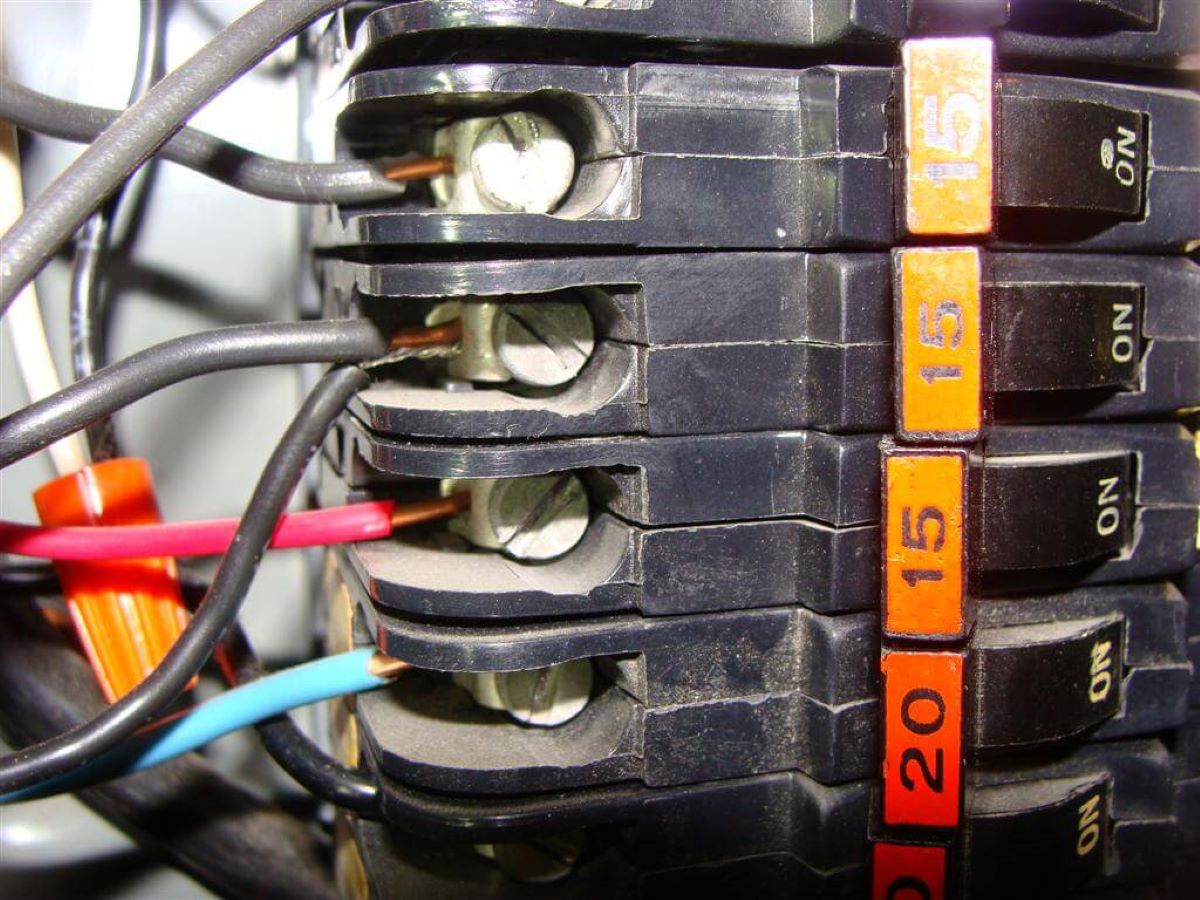
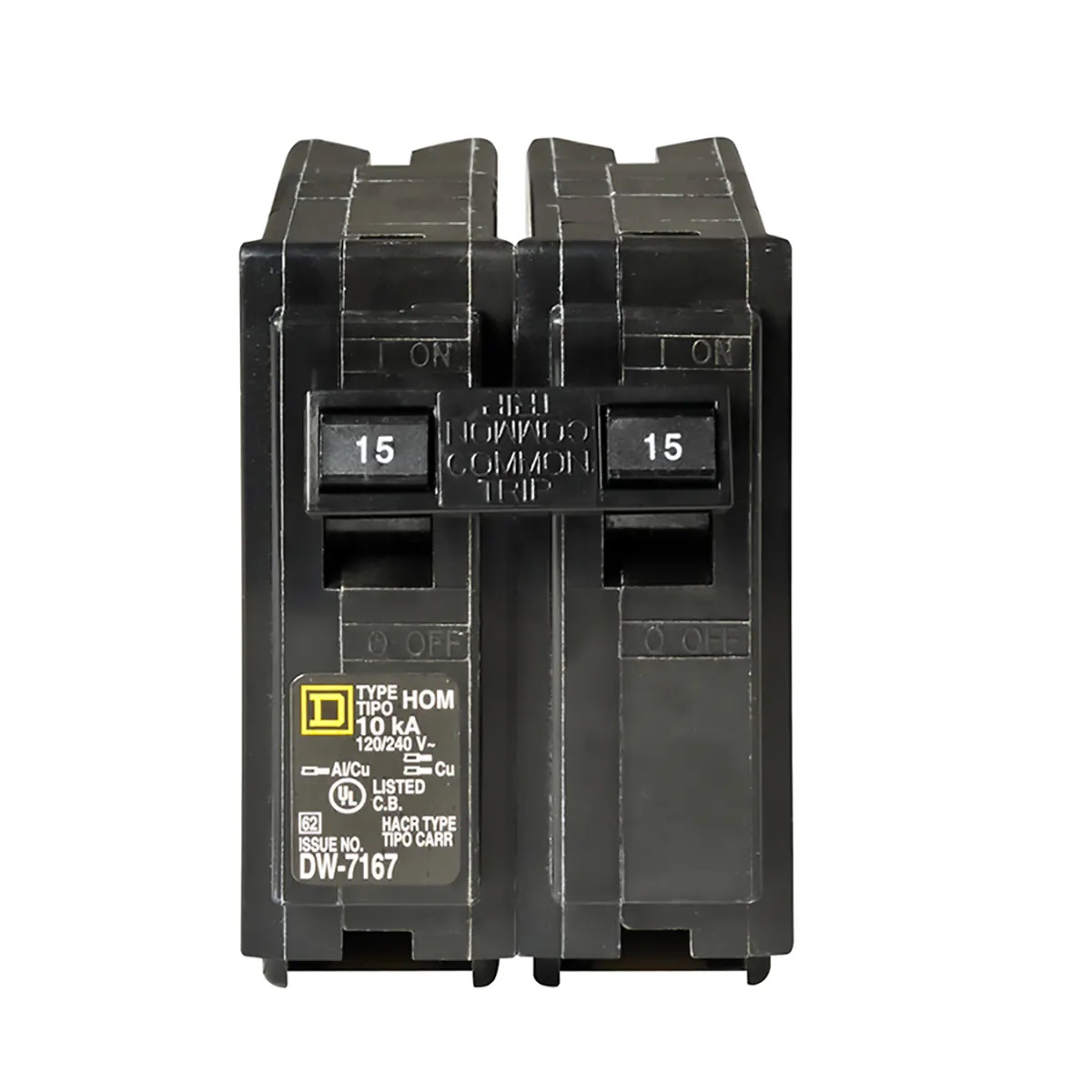
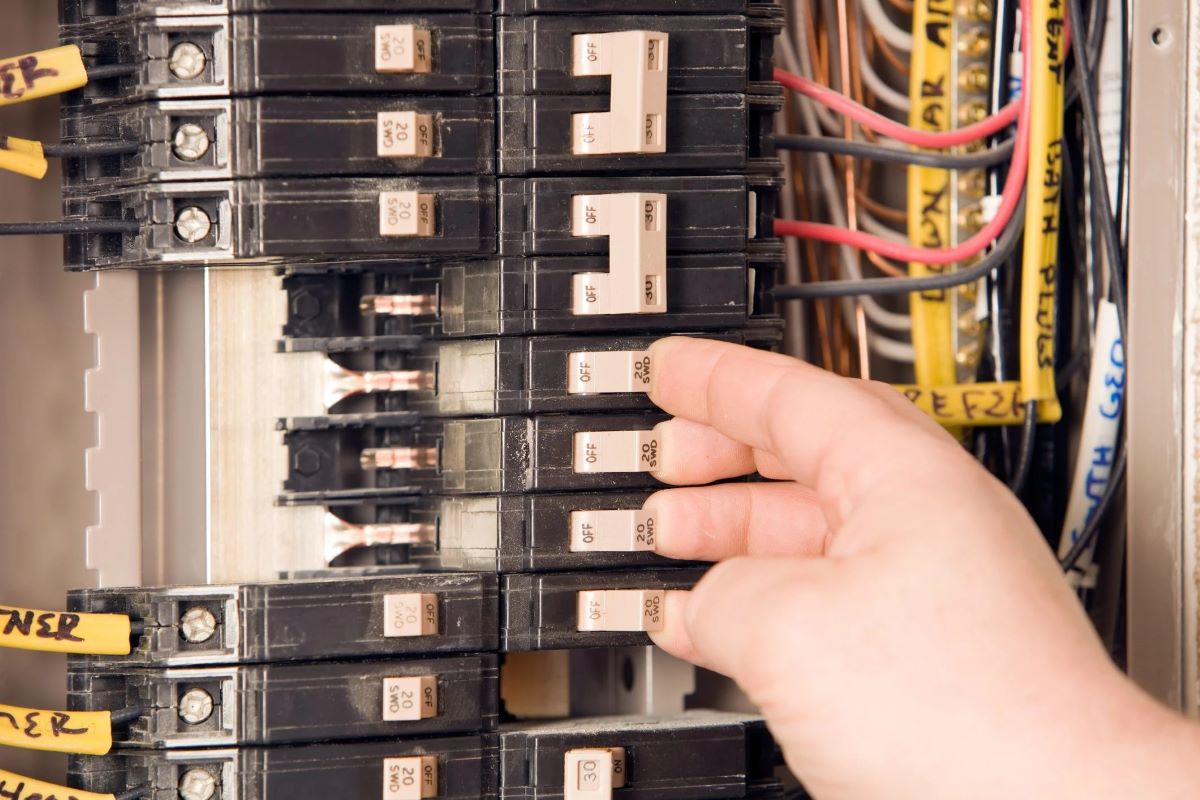
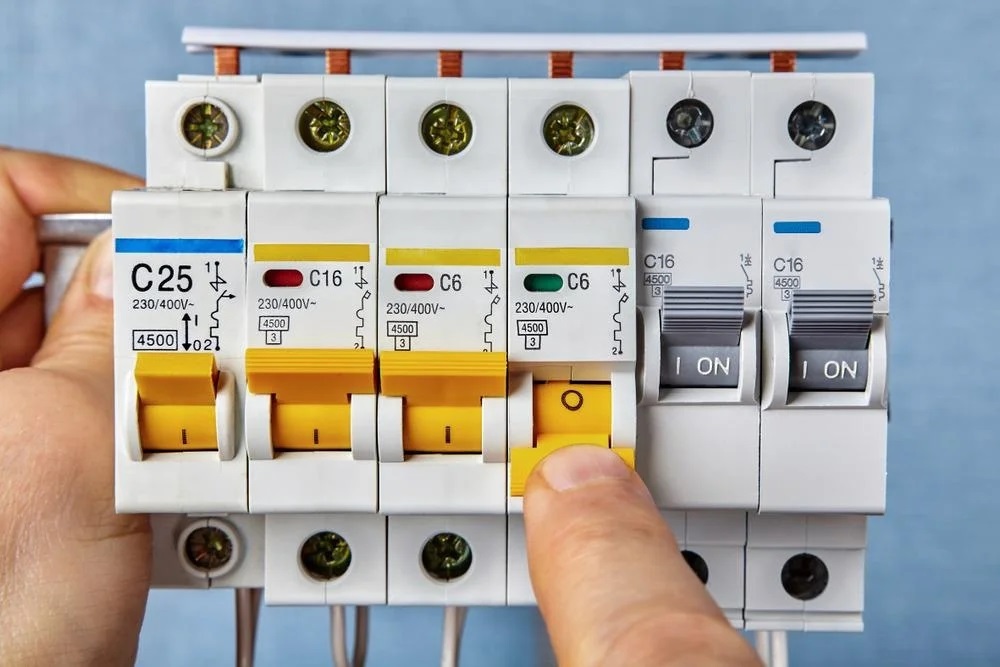
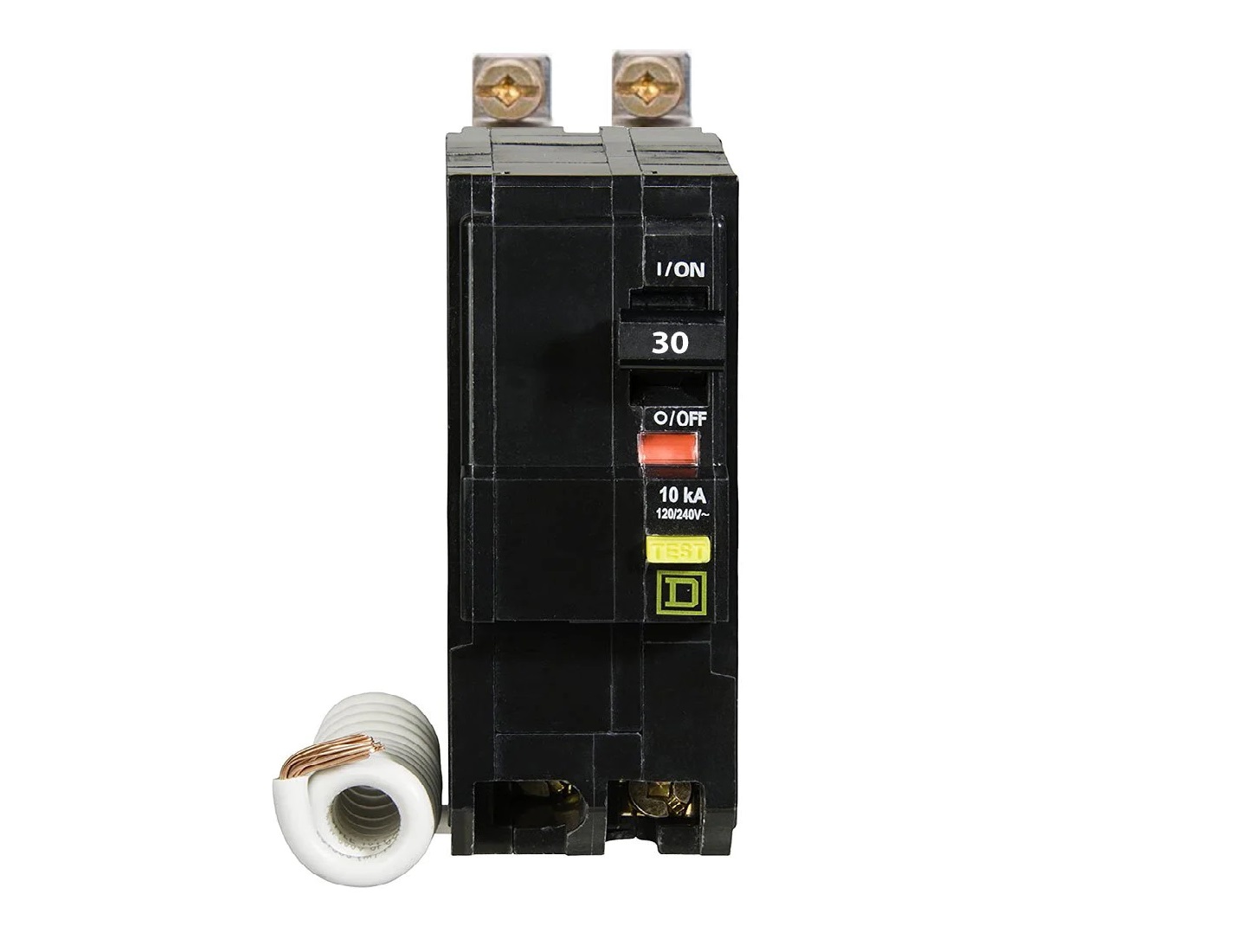
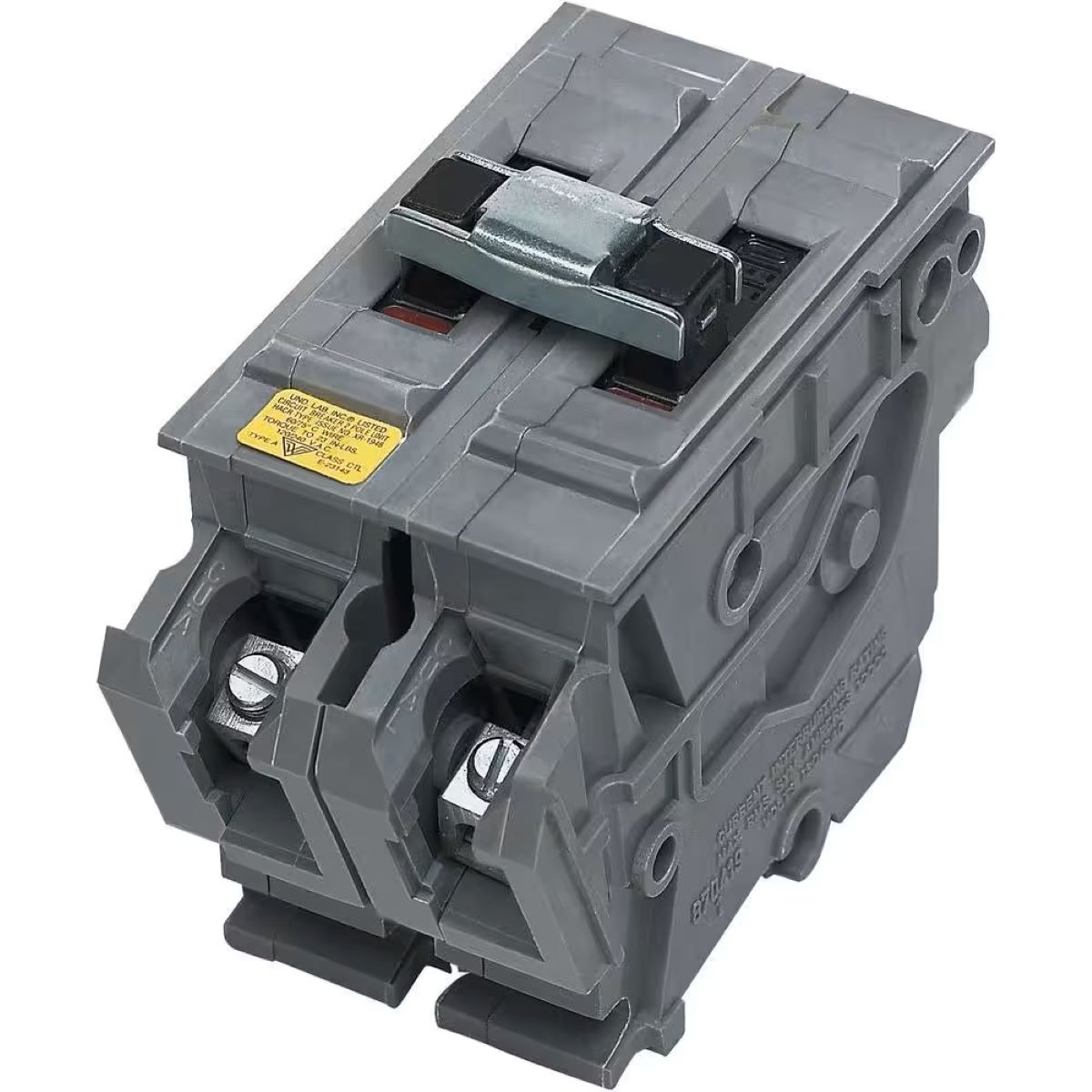
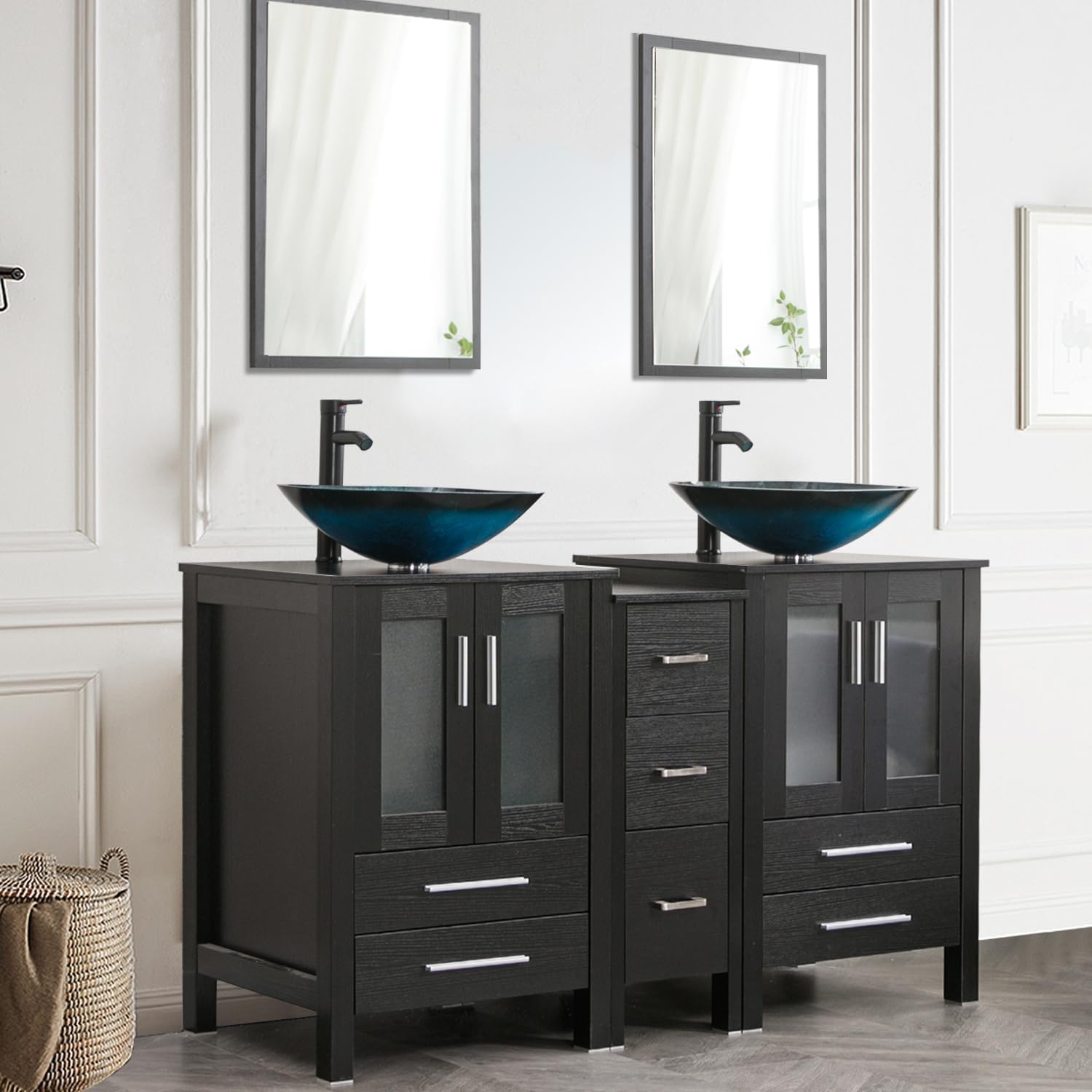


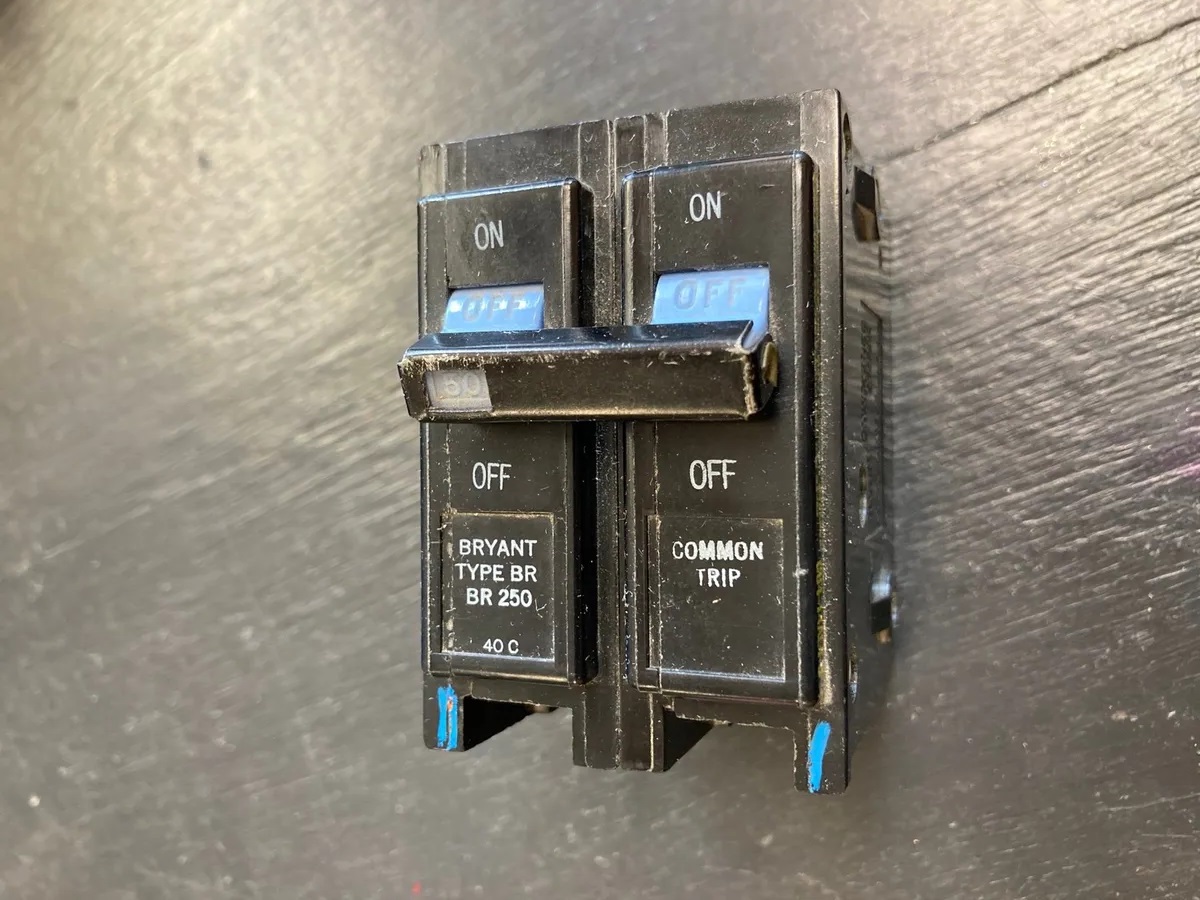
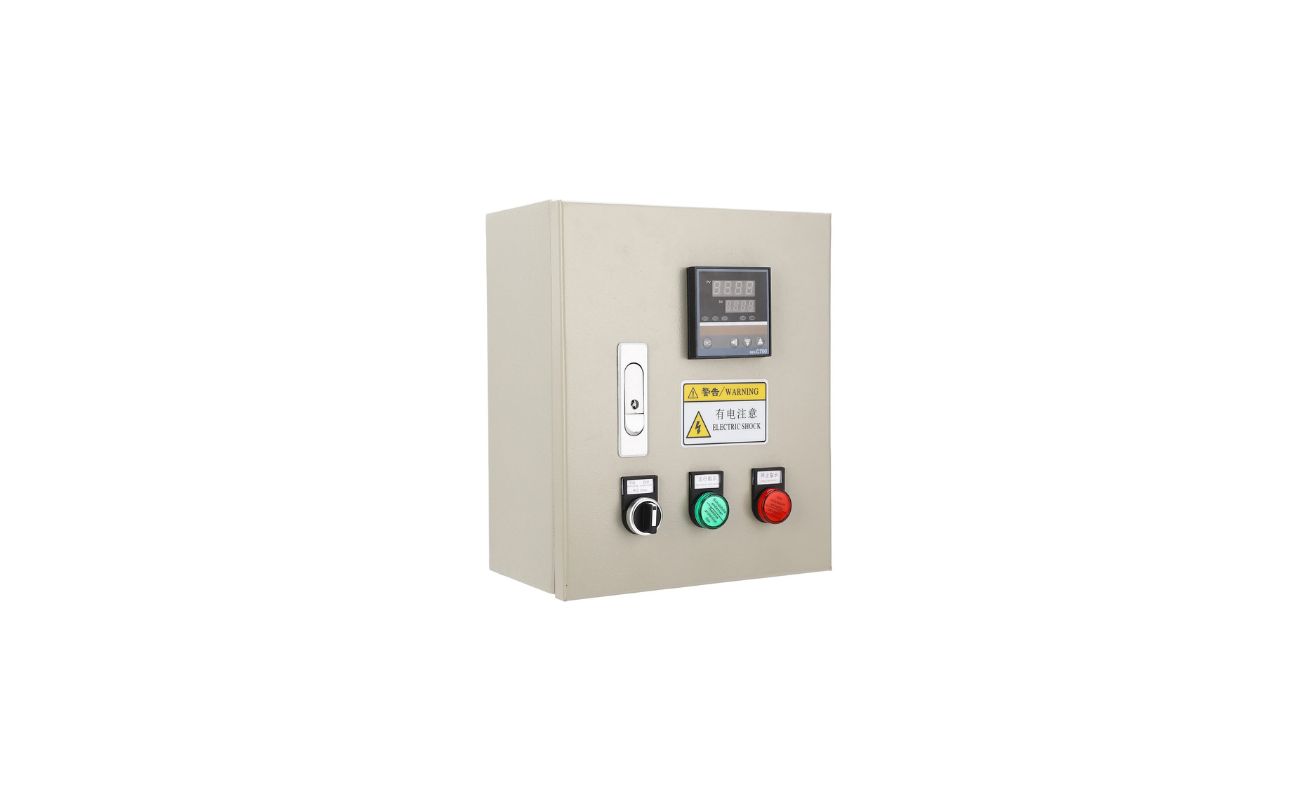
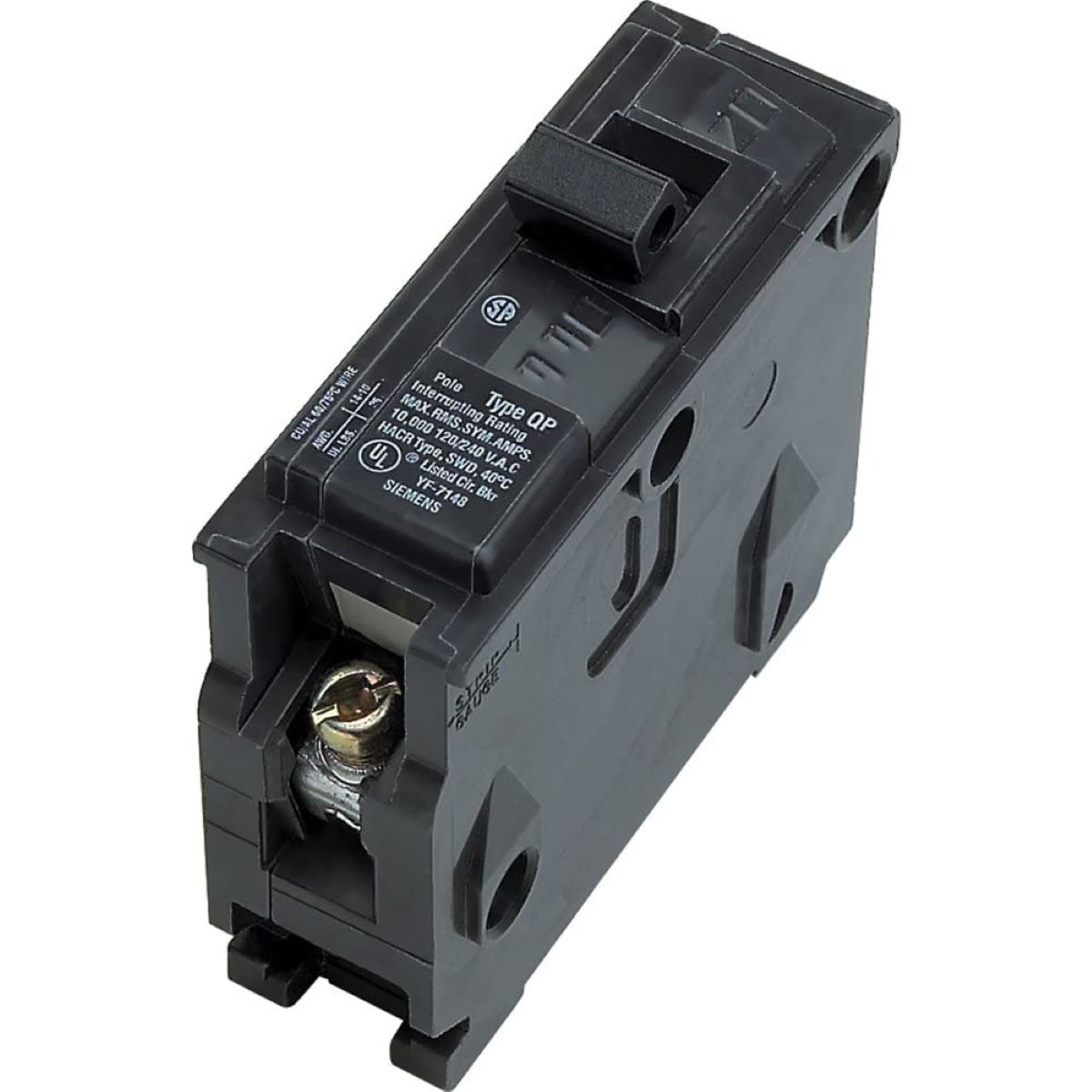
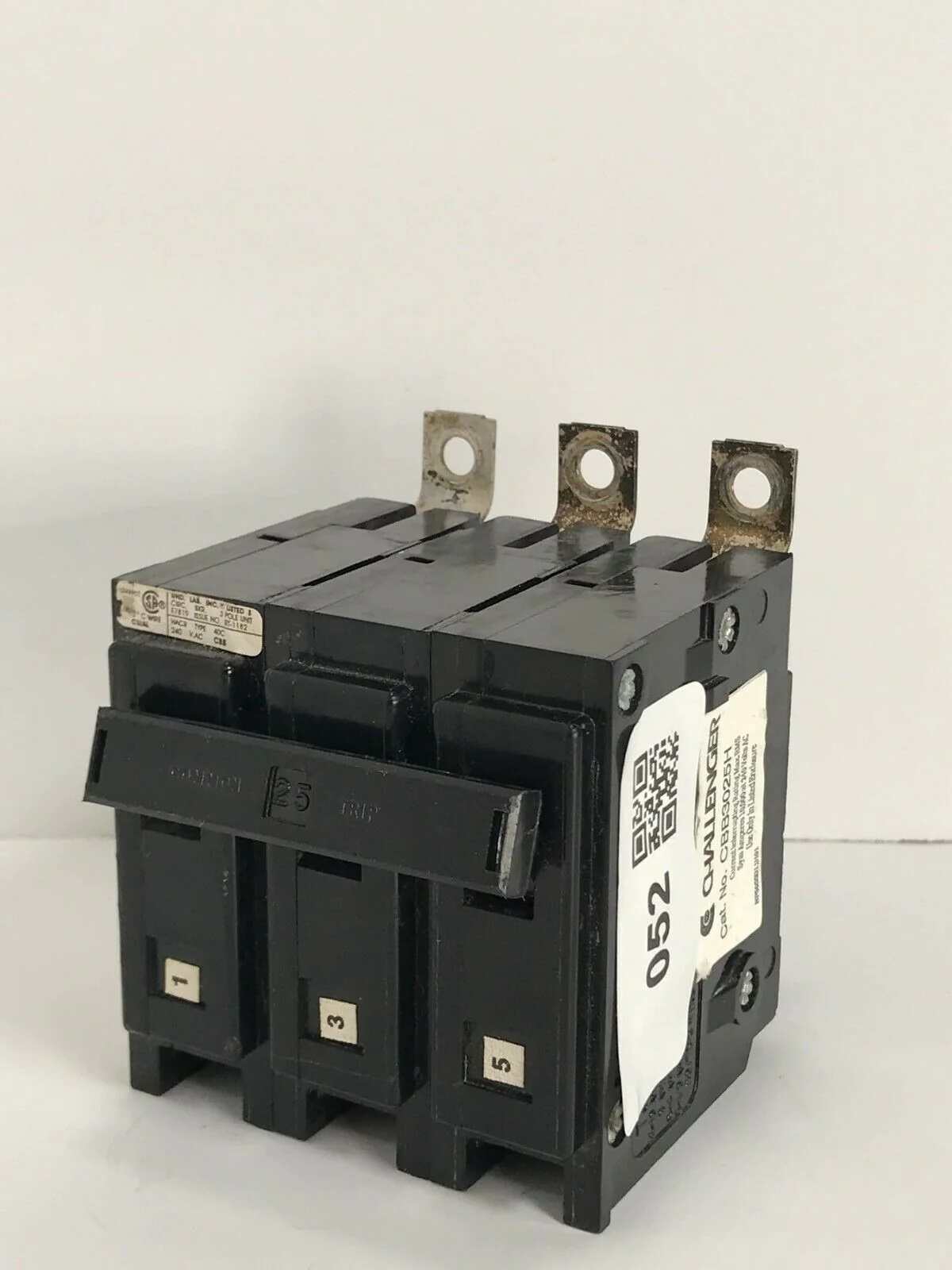


0 thoughts on “What Are Double Breakers Used For”